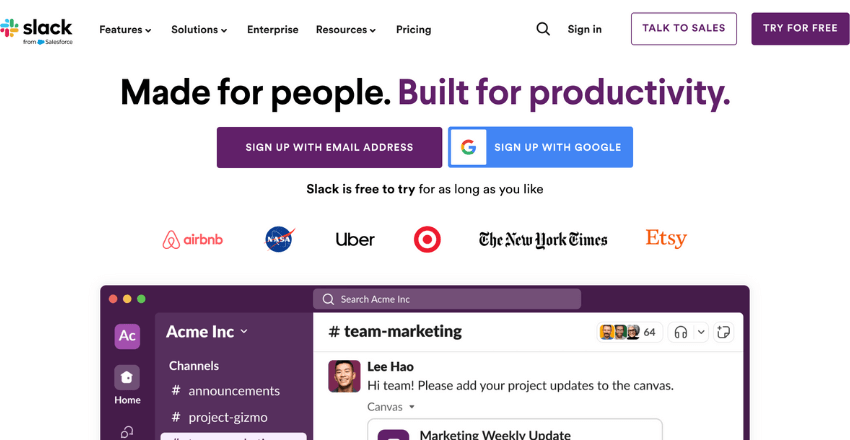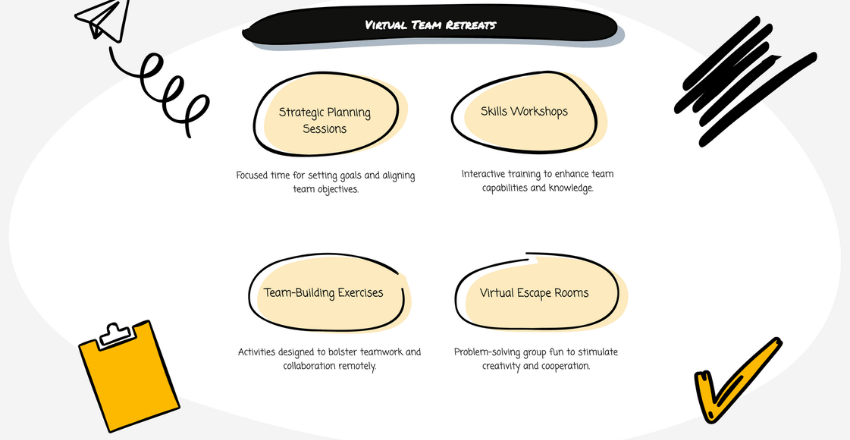Menu
April 13, 2024

In a world where the digital workplace is becoming the norm, fostering connectivity between in-house and remote developers has never been more crucial. With the right strategies, you can bridge the gap between geographically dispersed teams and create a cohesive, productive environment.
But how do you ensure that both in-house and remote developers feel connected, engaged, and aligned with your company’s goals?
Table of Contents
ToggleImagine you’re in a bustling office, the hum of conversation and the clatter of keyboards all around you. You can easily lean over and ask your colleague for input, share a quick laugh, or brainstorm ideas on a whiteboard. Now, contrast this with the experience of a remote developer, who might be working alone in their home office, far removed from the camaraderie and spontaneous interactions of the physical workspace. The challenge of fostering connectivity between these two worlds is significant but not insurmountable.
The goal is to create a seamless, collaborative environment where every team member feels valued and part of the collective mission, regardless of their location.
Here are some insights and actionable examples to help you achieve this.
Insights
Technology is the backbone of remote connectivity. However, it’s not just about having the latest tools but using them effectively to foster real connections. According to industry experts, leveraging a combination of synchronous and asynchronous communication tools can make a significant difference.

Example: Use Slack or Microsoft Teams for real-time communication and quick queries, while relying on tools like Trello or Asana for task management and progress tracking. Schedule regular video calls using Zoom or Google Meet to maintain face-to-face interactions, which are crucial for building trust and rapport.
Inclusivity should be at the heart of your company culture. This means actively ensuring that remote developers are as involved and informed as their in-house counterparts. Leaders should make a conscious effort to include remote workers in all meetings, discussions, and decision-making processes.
Example: Rotate meeting times to accommodate different time zones, and ensure that meeting agendas and minutes are shared promptly with everyone. Encourage remote team members to lead meetings and take on visible roles in projects, fostering a sense of ownership and belonging.
Regular interactions help bridge the physical gap between in-house and remote teams. These interactions shouldn’t be limited to work-related discussions but should also include opportunities for social engagement.
Example: Organize virtual coffee breaks, team-building activities, and online game sessions. Create dedicated channels on Slack for non-work-related topics where team members can share hobbies, interests, and personal updates. This helps build personal connections and a sense of community.
Implementing daily stand-up meetings can significantly enhance team connectivity. These short, focused meetings allow team members to share their progress, discuss challenges, and align their efforts.
Example: Start each day with a 15-minute video call where each team member updates the group on what they accomplished yesterday, what they’re working on today, and any blockers they’re facing. This not only keeps everyone on the same page but also fosters a rhythm of regular communication.
Establishing peer mentorship programs can help remote developers feel more integrated and supported. Pairing in-house and remote developers for mentorship can facilitate knowledge sharing and build strong professional relationships.
Example: Create a structured mentorship program where in-house developers mentor remote colleagues on specific skills or projects. This can include regular check-ins, collaborative problem-solving sessions, and even pairing for coding reviews.

Whiteboarding sessions are invaluable for brainstorming and collaborative problem-solving. Virtual whiteboarding tools like Miro or MURAL can replicate this experience for remote teams.
Example: During project kickoff meetings, use a virtual whiteboard to map out ideas, workflows, and project timelines. Encourage all team members to contribute in real-time, making the session interactive and inclusive.
Transparency in communication is vital for fostering trust and alignment within a team. All team members should have access to the same information and updates, ensuring no one feels left out or misinformed.
Example: Use a centralized platform like Confluence or Notion to document and share all project-related information, meeting notes, and company announcements. Ensure that everyone, regardless of their location, has equal access to these resources. This helps prevent information silos and ensures that remote developers stay in the loop.

Instead of viewing time zone differences as a challenge, consider them an advantage. With strategic planning, you can create a workflow that ensures continuous progress on projects around the clock.
Example: Implement a “follow-the-sun” workflow, where tasks are handed off from one time zone to the next. For instance, a developer in Asia completes a task by the end of their day, which is then picked up by a developer in Europe or the Americas. This ensures that work progresses continuously, maximizing productivity.
Professional development opportunities should be equally accessible to both in-house and remote developers. This includes access to training, workshops, and career advancement programs.
Example: Offer online training courses, webinars, and certifications that remote developers can participate in. Additionally, ensure that remote team members are considered for promotions, leadership roles, and special projects. Highlight success stories of remote developers to showcase that career growth is attainable, regardless of location.

While in-person team retreats are valuable, virtual team retreats can also be highly effective in fostering connectivity. These retreats can include a mix of work-related sessions and fun activities.
Example: Organize a quarterly virtual retreat where the team spends a few days focusing on strategic planning, skills workshops, and team-building exercises. Include fun activities like virtual escape rooms, trivia games, and cooking classes to make the experience enjoyable and memorable.
Recognizing and rewarding the contributions of both in-house and remote developers is crucial for maintaining morale and motivation. Implement a system that acknowledges achievements and milestones.
Example: Use a platform like Bonusly or Kudos to publicly recognize team members’ efforts and achievements. Allow team members to nominate their peers for awards and offer meaningful rewards such as gift cards, extra time off, or professional development opportunities.
Experimenting with a hybrid work model can help you find the right balance between in-house and remote work. This model allows employees to split their time between working from the office and working remotely.
Example: Pilot a hybrid work model where developers spend two days a week in the office and the rest working remotely. This provides an opportunity for face-to-face collaboration and strengthens relationships while maintaining the flexibility of remote work. Gather feedback from the team to refine the approach and make it more effective.

Creating a connected and cohesive team of in-house and remote developers is not just about implementing the right tools and processes—it’s about fostering a culture of inclusivity, transparency, and continuous improvement. By embracing these strategies, you can ensure that every team member feels valued, engaged, and aligned with your company’s goals.
By embracing technology, promoting inclusivity, and creating opportunities for meaningful interactions, you can build a team that not only works efficiently but also thrives on collaboration and mutual support. Remember, the key to a successful remote and in-house collaboration lies in the consistent effort to create a unified and connected team culture.
Ultimately, the benefits of a well-connected team are immense. Enhanced productivity, improved morale, and stronger relationships lead to innovative solutions and a competitive edge in the marketplace. By prioritizing connectivity and fostering a culture that values every team member’s contribution, you’ll pave the way for a future where remote and in-house developers work seamlessly together, achieving greater heights of success.
https://www.linkedin.com/advice/3/how-do-you-foster-strong-remote-culture-engagement-hiring-advice
https://beetroot.co/dedicated-team/how-to-integrate-remote-developers-into-your-tech-team/
About the author: Jacob Tenwick
Avid business developer and development manager
Input your search keywords and press Enter.